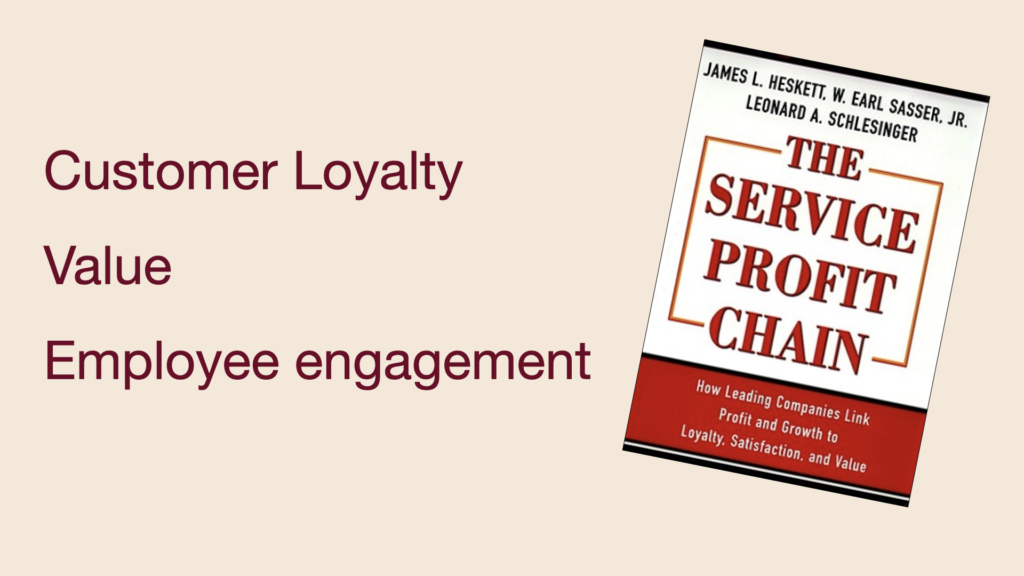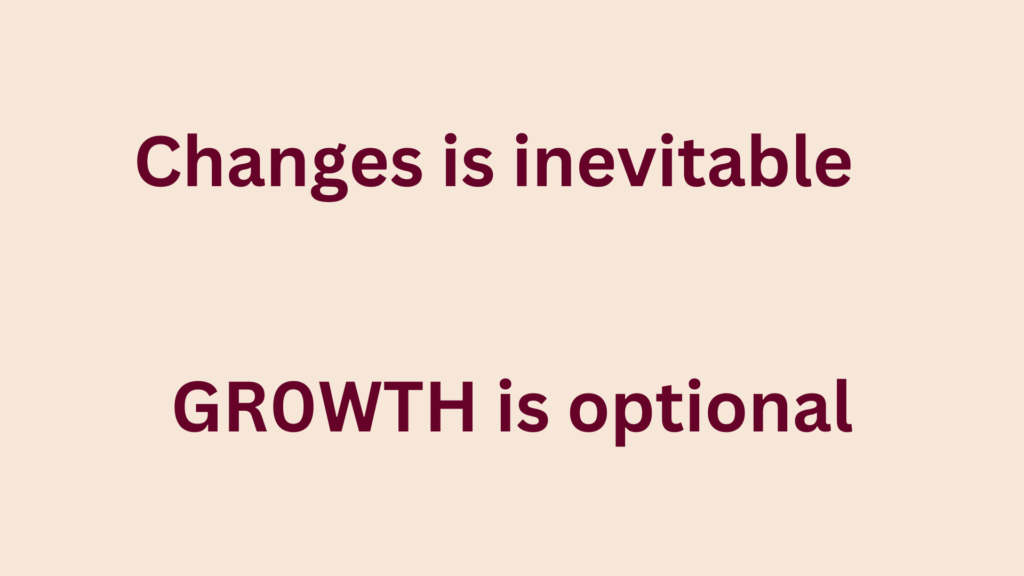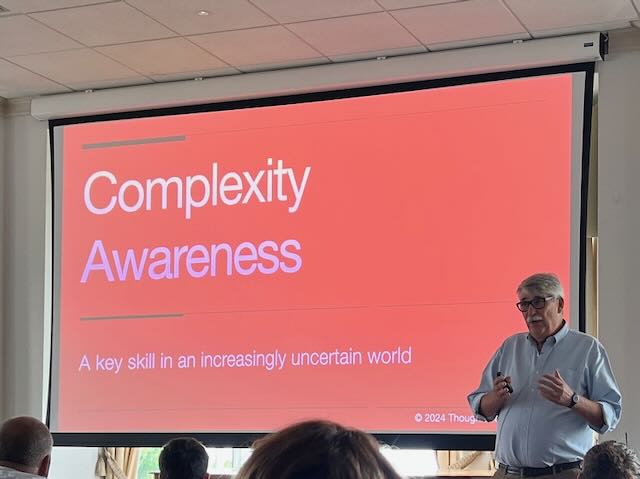Everywhere you turn these days, someone’s selling the secret sauce of storytelling. ‘Transform your brand!’ ‘Captivate your audience!’ ‘Master the art of narrative!’
The ironic part is that you’re already a master storyteller. In fact, you’re telling stories right now, even as you read this.

You see, your life isn’t just a collection of random events – it’s an ongoing narrative you’re constantly writing and editing. That tense meeting yesterday? You’ve already crafted a story about what it meant. That disagreement with your partner? There’s a narrative forming around it, complete with character motivations and plot twists.
These stories aren’t just idle mental chatter. They’re the scaffolding of meaning in our lives. They shape how we interpret everything from a colleague’s casual remark to a major career setback.
Think about your 2024 story so far. What’s the genre? Is it a tale of resilience? A comedy of errors? A drama of unfulfilled potential?
But, you’re not just the protagonist – you’re also the author. And authors have choices.
Take that challenging project you’re facing. Is it the story of an insurmountable obstacle, or the opening chapter of your greatest professional triumph?
That team member who keeps pushing back – are they the antagonist in your story, or a character bringing valuable contrast and growth to your narrative?
The magic happens when you realize you can reframe these stories:
‘This is the end’ becomes ‘This is the beginning’
‘This is happening to me’ transforms into ‘This is happening for me’
‘This is a crisis’ shifts to ‘This is an opportunity”
The reframing changes the meaning – and meaning is the fuel that drives our motivation.
So your life story isn’t set in stone. It’s more like a real-time draft, constantly being revised and rewritten. The question isn’t whether you can tell a good story – you already do that naturally. The real question is: what story are you telling yourself, and is it serving the life you want to create?
So as this year come to an end And you look ahead to the chapters yet to come, what story would you like to tell?
More importantly, what story would you like to live?
Happy new year!






